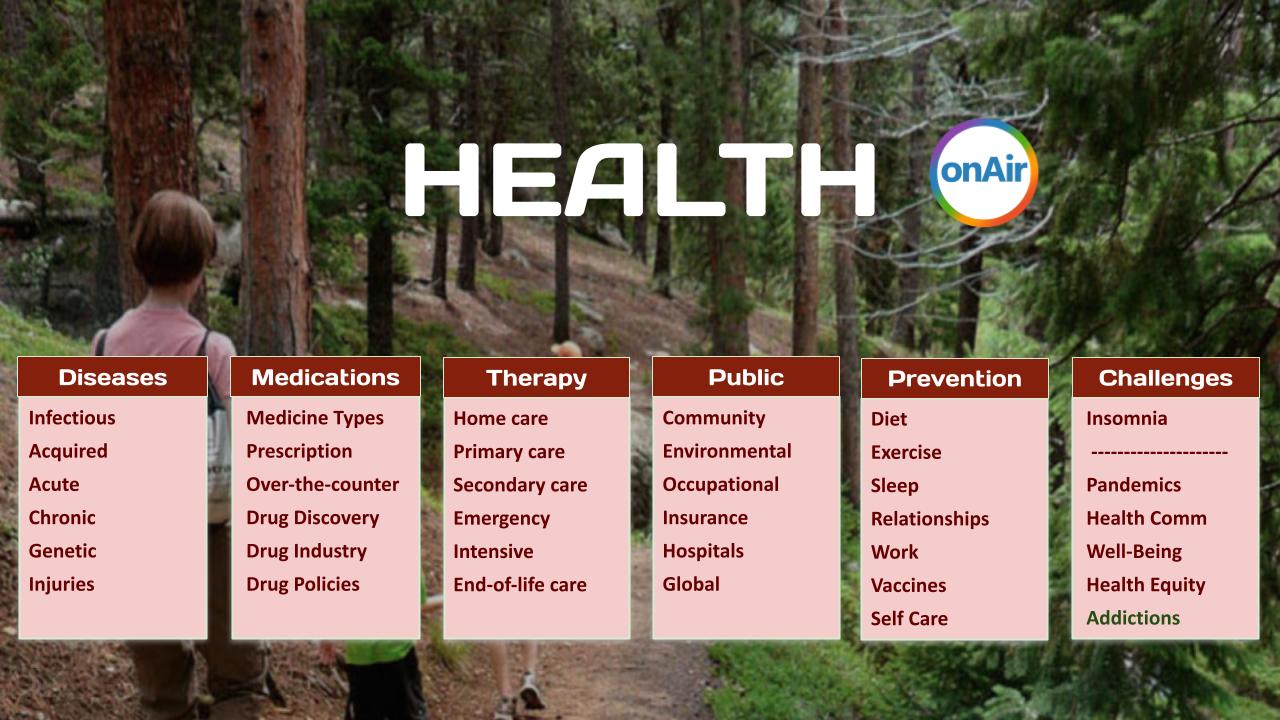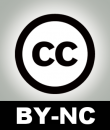Public health is “the science and art of preventing disease, prolonging life and promoting health through the organized efforts and informed choices of society, organizations, public and private, communities and individuals”. Analyzing the determinants of health of a population and the threats it faces is the basis for public health. The public can be as small as a handful of people or as large as a village or an entire city; in the case of a pandemic it may encompass several continents. The concept of health takes into account physical, psychological, and social well-being.
Public health is an interdisciplinary field. For example, epidemiology, biostatistics, social sciences and management of health services are all relevant. Other important sub-fields include environmental health, community health, behavioral health, health economics, public policy, mental health, health education, health politics, occupational safety, disability, oral health, gender issues in health, and sexual and reproductive health.[5] Public health, together with primary care, secondary care, and tertiary care, is part of a country’s overall healthcare system. Public health is implemented through the surveillance of cases and health indicators, and through the promotion of healthy behaviors. Common public health initiatives include promotion of hand-washing and breastfeeding, delivery of vaccinations, promoting ventilation and improved air quality both indoors and outdoors, suicide prevention, smoking cessation, and obesity education.








